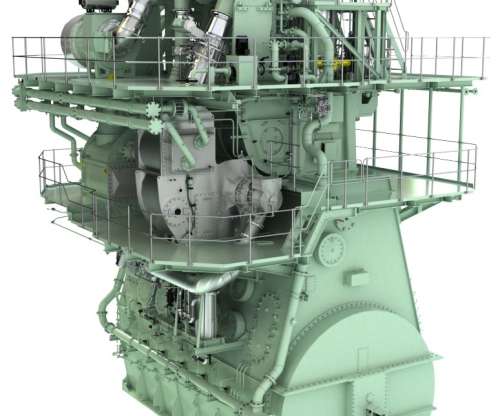MAN ES reports Tier III exhaust-after-treatment orders for low-speed engines pass 1,000
Green Car Congress
FEBRUARY 15, 2021
Approximately one-quarter of the orders have been for EGR (Exhaust Gas Recirculation) systems, with SCR (Selective Catalytic Reduction) systems accounting for the remainder. The milestone was passed in early January 2021 and is built upon references from the company’s portfolio of ME-B, ME-C and MC-C fuel-oil engines.







































Let's personalize your content